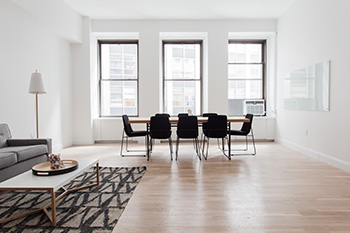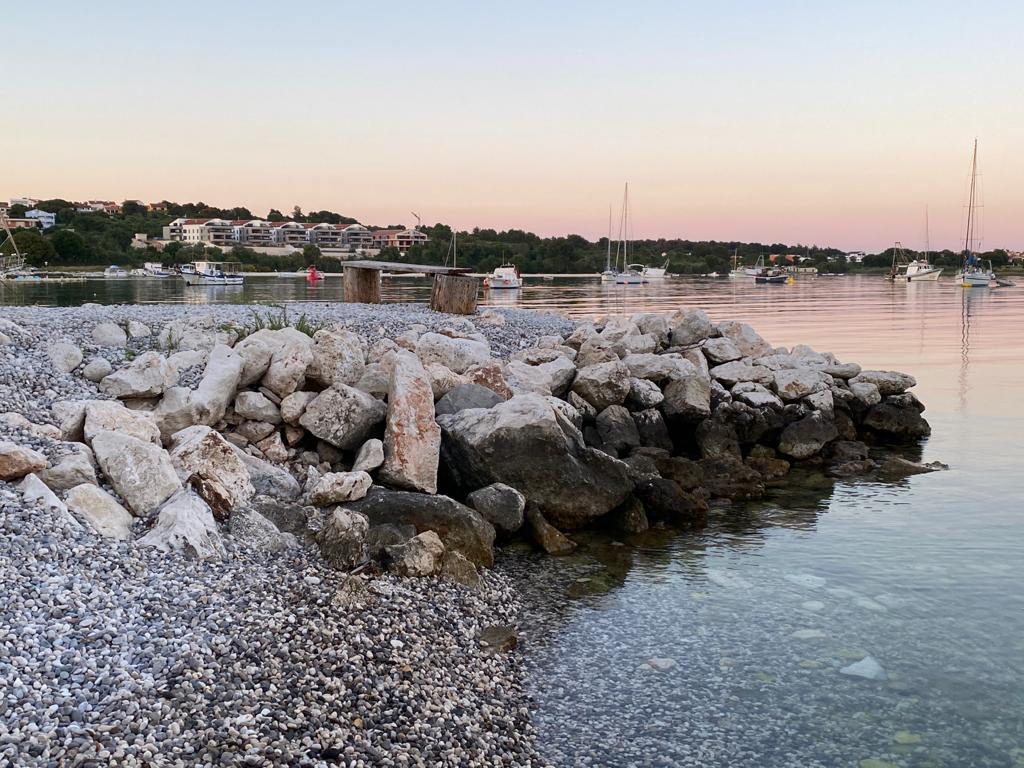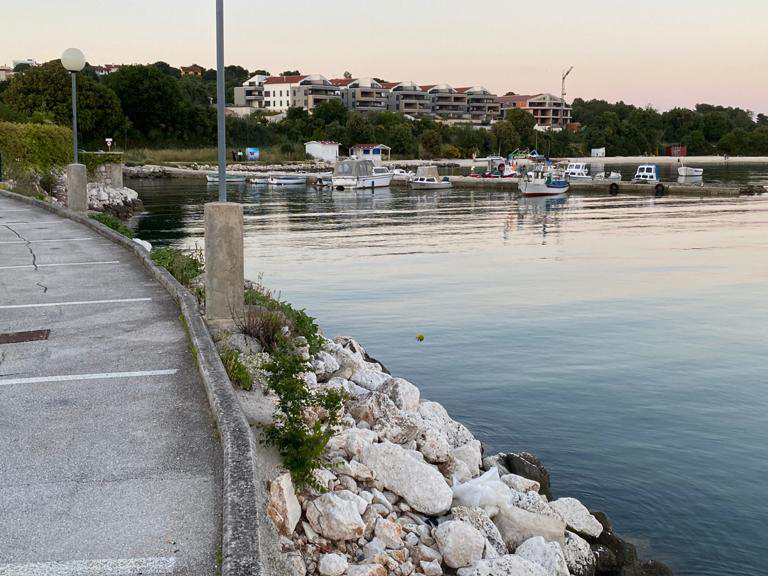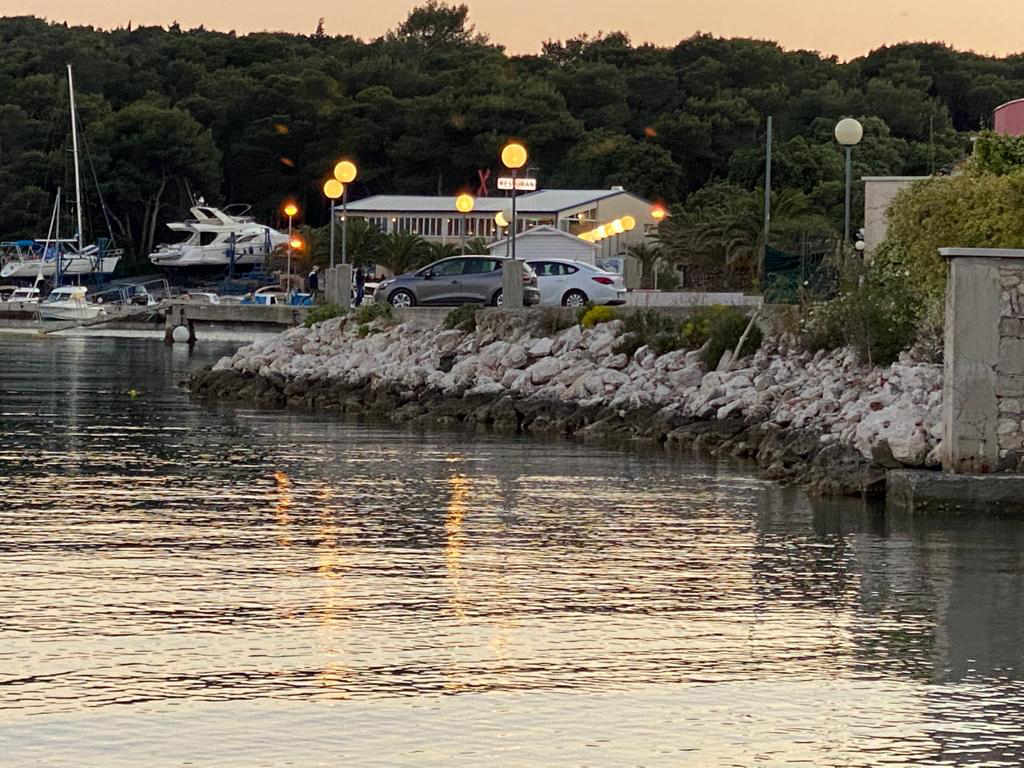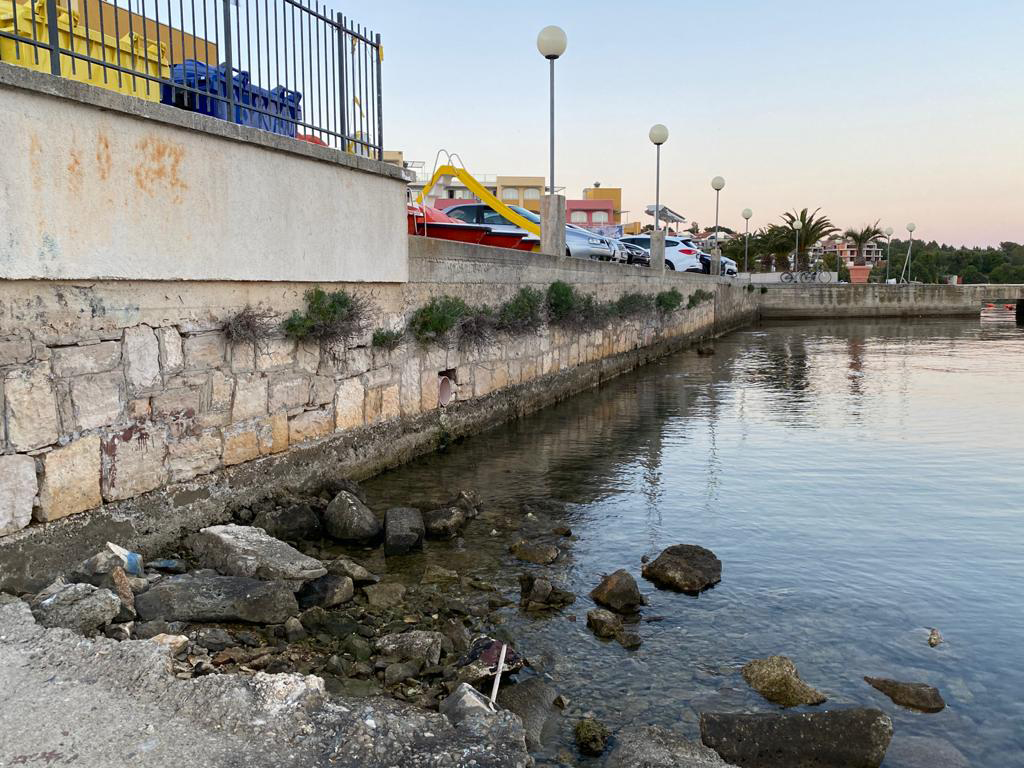The Global artificial Light Ocean netWork (GLOW) is a collaborative network of scientists studying the potential effects of artificial light at night (ALAN) on coastal assemblages colonizing artificial structures worldwide.
GLOW is conducting surveys to quantify the intensity and quality of night lightings and their effects on the abundance of intertidal algae and invertebrates colonizing man-made infrastructures, through the use of a simple protocol for sampling during the day and at night.
Why coastal artificial structures?
Artificial structures (AS) are ubiquitous in shallow coastal waters, due to commercial, residential or touristic activities. In addition to jetties, pontoons or pier pilings, seawalls, riprap revetments or bulkheads are very common infrastructures used against coastal erosion. As a consequence of increasing growth of human population and global climate changes, AS are proliferating worldwide, thus representing a ubiquitous coastal habitat hosting a variety of benthic organisms, either sessile or mobile, both in the intertidal and subtidal zone.
AS are usually characterized by artificial lighting at night, due to different sources of light present at specific points within ports or marinas, or alternating along promenades, which create mosaics of variably lit and dark areas. AS therefore represent an ideal study system to investigate the potential effect of ALAN on coastal assemblages at a global scale.
To learn more about the GLOW protocol and our partners, please EXPLORE OUR WEBSITE!
Logo by Robin Gauff





